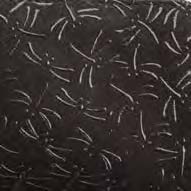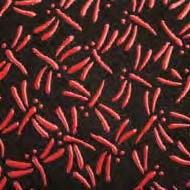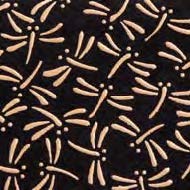革の色

No.1 はまなす色
Hamanasu-iro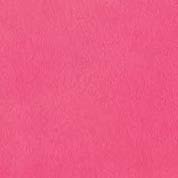
No.2 牡丹色
Botan-iro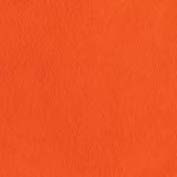
No.3 橙色
Daidai-iro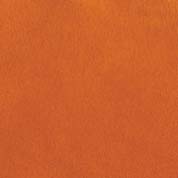
No.4 山吹茶
Yamabuki-cha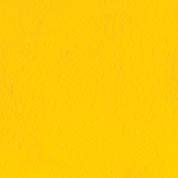
No.5 苅安
Kariyasu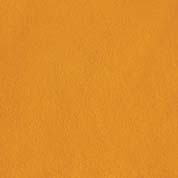
No.6 鬱金色
Ukon-iro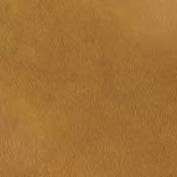
No.7 路考茶
Rokou-cha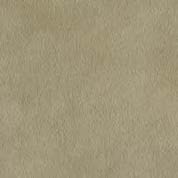
No.8 利休鼠
Rikyu-nezu
No.9 海松藍
Miru-ai
No.10 鉄色
Tetsu-iro
No.11 濃藍
Koi-ai
No.12 鉄紺
Tetsu-kon
No.13 紺色
Kon -iro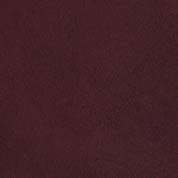
No.14 茄子紺
Nasu-kon
No.15 濃紫
Komurasaki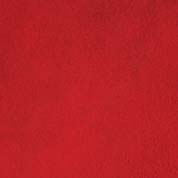
No.16 紅色
Beni-iro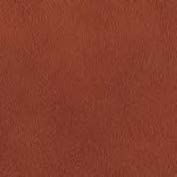
No.17 栗皮色
Kurikawa-iro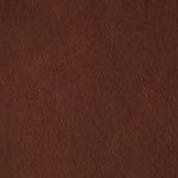
No.18 桧皮色
Hiwada-iro
No.19 憲法色
Kenpo-iro
No.20 墨色
Sumi-iro
漆の色
柄
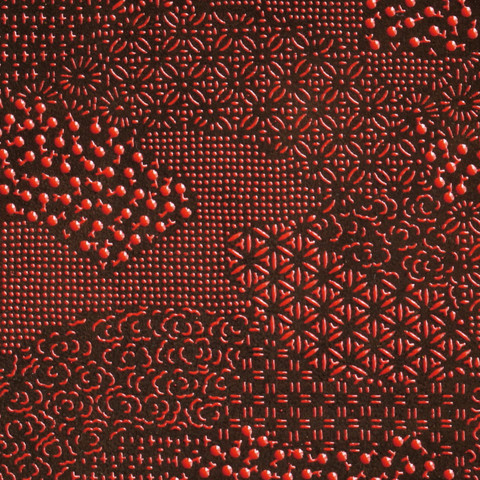
よせ小紋
Yose-Komon
Assorted Kissho Patterns
古来より日本に伝わる数々の小紋吉祥模様を、美しく一枚にまとめあげた印伝の山本オリジナル柄。
Beautiful combination of various traditional Japanese Kissho patterns(lucky omen) .
lnden Yamamoto's original.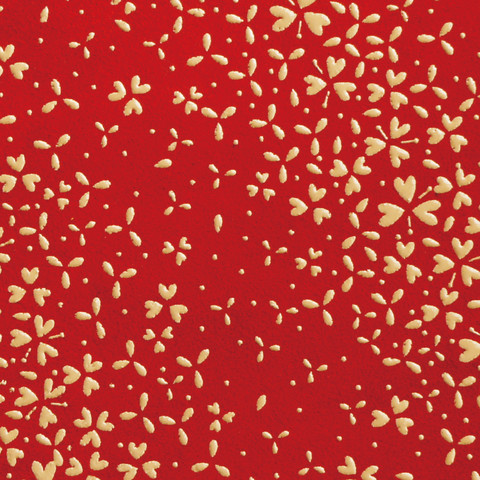
花吹雪
Hana-Fubuki
Shower of Cherry Blossoms
一面に渡って桜の花吹雪を散らし、鮮やかなグラデーションを表現した印伝の山本オリジナル柄。
Placed the cherry blossoms wide and gorgeous with gradation.
lnden Yamamoto's original.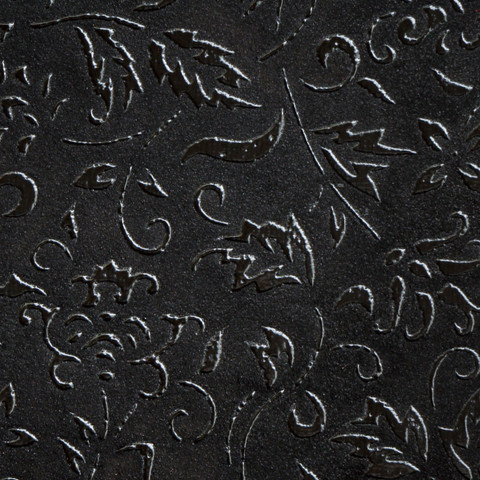
花唐草(大)
Hana-Karakusa L
Large Flower Arabesque
インドに発した花文様が、シルクロード経由で日本に伝わる間に、唐草文様と交わって生まれた花唐草模様の一つ。
One of Flower Arabesque patterns, formed by India-origin flower motif meeting Arabesque motif through Silk Road to Japan.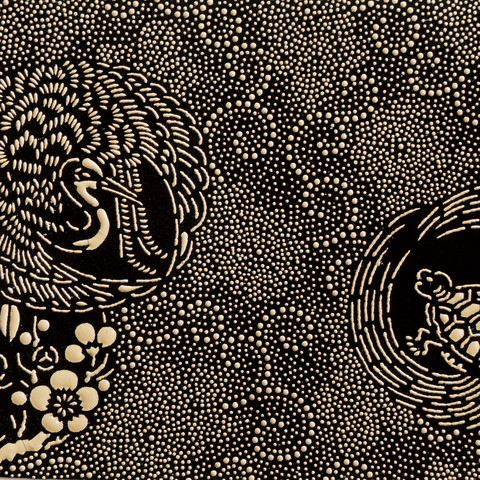
鶴亀
Tsuru-Kame
Crane & Turtle
日本では古来から「鶴は千年、亀は万年」と言われ、長寿を象徴するとても縁起の良い吉祥模様とされています。
Crane and turtle have been lucky omen in Japan, symbolizing longevity as in a saying "cranes live for 1,000 years, turtles live for 10,000 years."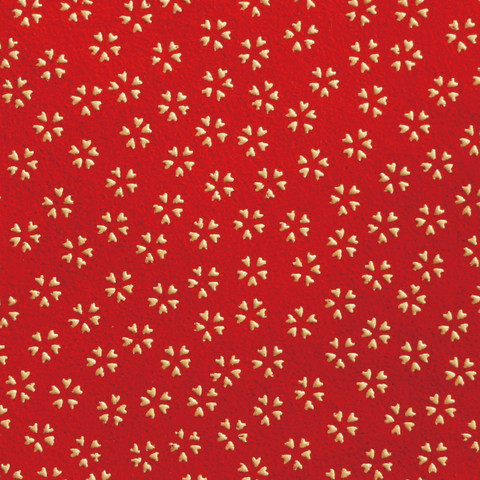
小桜
Kozakura
Cherry Blossoms
桜は満開の美しさのみならず、散り際の潔さもが日本人の美意識と結びっき、貴族から武士まで広く愛されました。
Falling gracefully as well as the beauty of full bloom, cherry is strongly tied with Japanese sense of beauty. Loved from the noble to Samurai.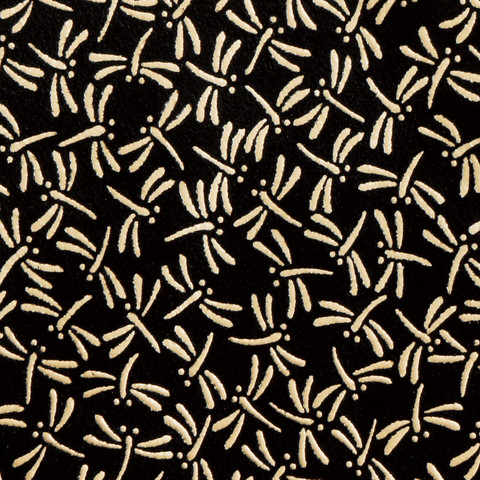
トンボ
Tombo
Dragonfly
卜ンボは「勝ち虫」とも言われ、不退転の精神を象徴しています。武士に喜ばれ武具などに多く用いられました。
Dragonfly, called also "victory insect" as flying forward only, is the symbol of "not retreat". Therefore loved from Samurai and used for armor.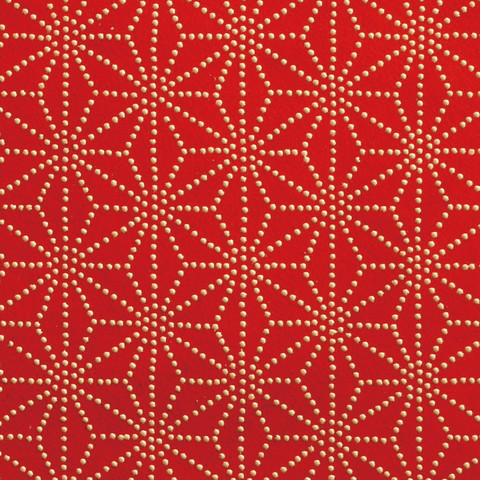
麻の葉(切通)
Asa-no-Ha
Hemp Leaves
麻は短期間でまっすぐ大きく成長します。それにあやかり麻ノ葉柄は子どものために好んで用いられてきました。
Hemp grows strong and fast. Wishing a share of its state, this pattern has been often used for children with hope to grow up healthy.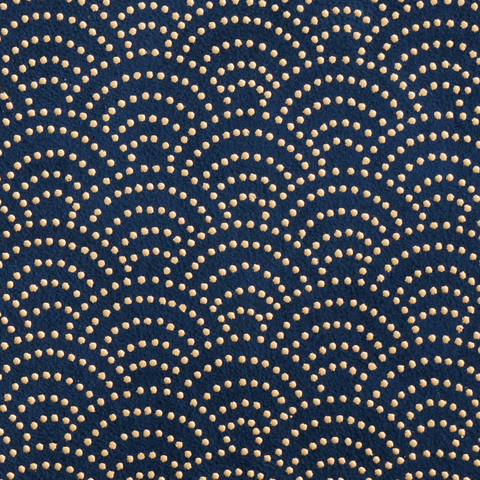
青海波
Sei-Gai-Ha
Blue Ocean Waves
大海原に永遠と続く波目を表した吉祥文様。祝い事で舞われる雅楽の「青海波」の衣装の模様とも関連しています。
Fortune patterns representing lasting waves. Also related to the costume of "Sei-Gai-Ha" , a Gagaku* program for celebratory occasions. *Ancient court music and dance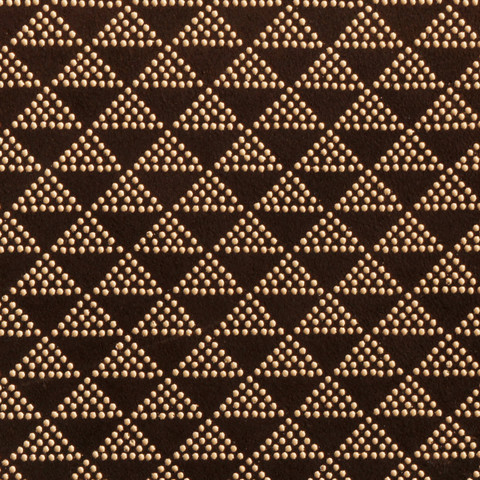
鱗
Uroko
Scale
魚の鱗をかたどった柄。脱皮にあやかり、厄落とし、再生を象徴しています。北条氏の紋所としても広く知られています。
Pattern of scales. Symbol of reborn and removing the evil, wishing a share of shedding. Also known as the emblem of Hojo clan.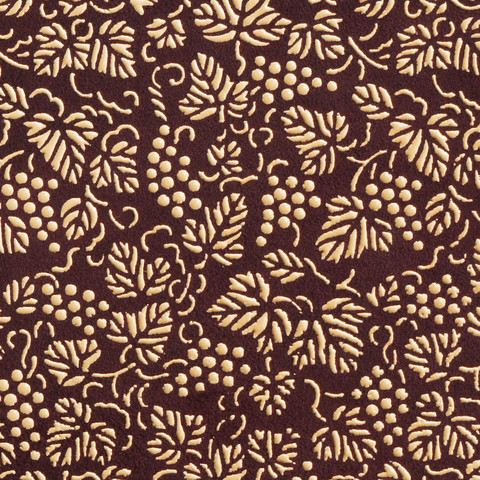
葡萄
Budou
Grape
ぶどうはシルクロード経由で日本にもたらされました。多くの種子を実らせる豊穣の女神の祝福を示しています。
Grapes came down to Japan through the Silk Road. Expressing the blessing of goddess of fertility, which brings many seeds.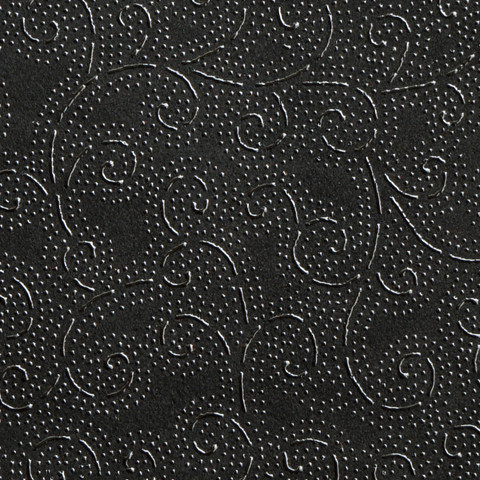
古代唐草
Kodai-Karakusa
Ancient Arabesque
唐草は生命力が強く途切れることなく蔓をのばしていくことから「繁栄•長寿」などの意味をもちます。
Symbol of prosperity and longevity as the arabesque's strong survival power and its vine growing unbroken andwide.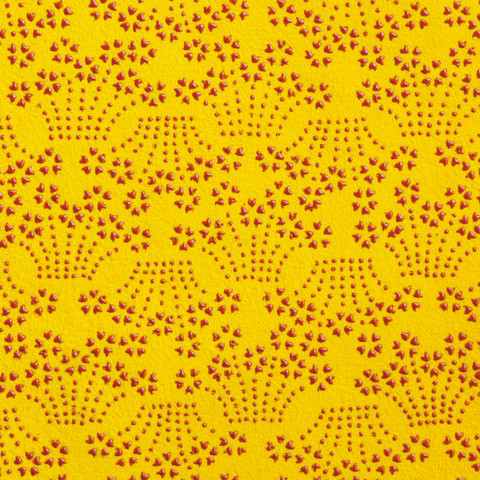
小桜菖蒲
Kozakura-Shobu
Cherry Blossoms & Iris
小桜と菖蒲の柄の組み合わせ。厄除けの意味をもち、戦国武将の着物や甲冑などに多く用いられていました。
Combination of cherry blossoms & iris. Wishing the evil away, often used for Samurai's Kimono* and armor.
*Traditional Japanese wear
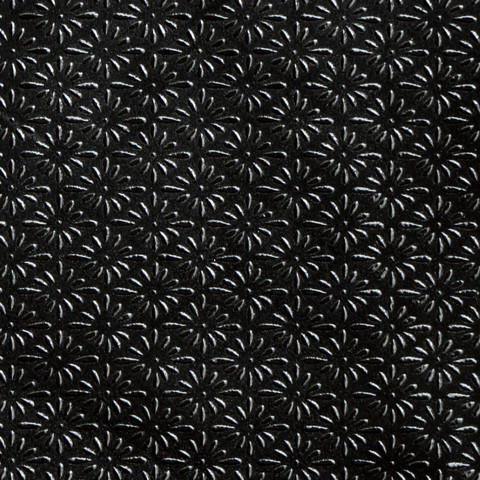
菊菱
Kiku-Bishi
Diamond-Shaped Chrysanthemum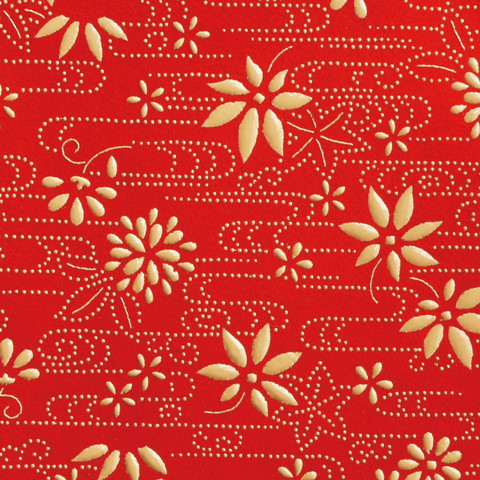
かすみ
Kasumi
Spring Light Haze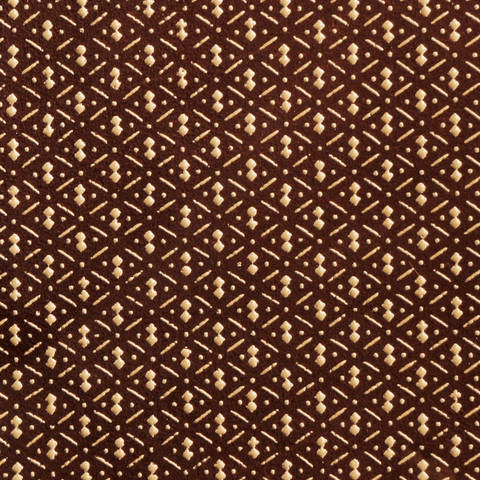
瓢箪
Hyo - tan
Gourd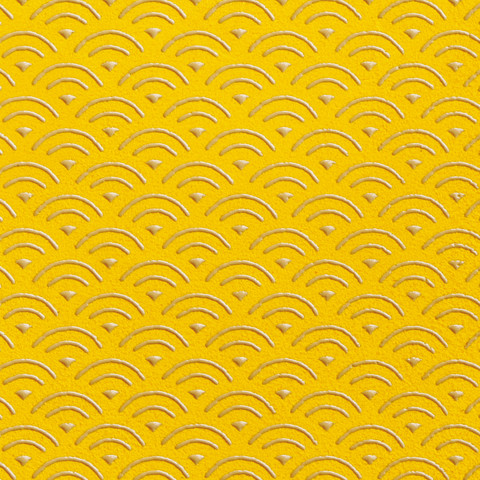
太青海波
Futo-Sei- Gai-Ha
Bold Blue Ocean Waves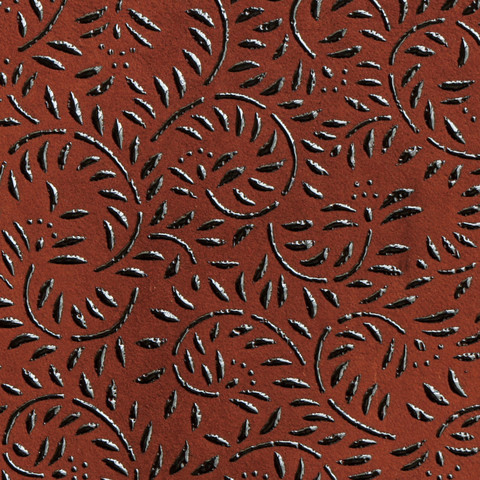
蔓唐草
Tsuru-Karakusa
Vine Arabesque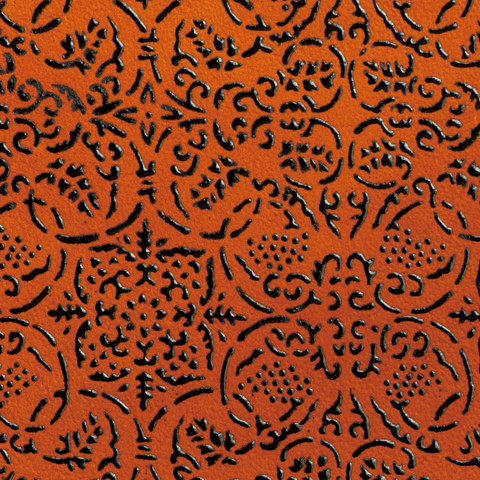
葡萄唐草
Budou Karakusa
Grape Arabesque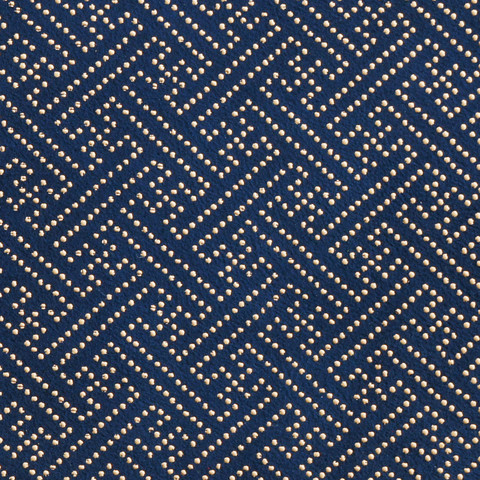
紗綾形
Saya- Gata
Gossamer-Figured Pattern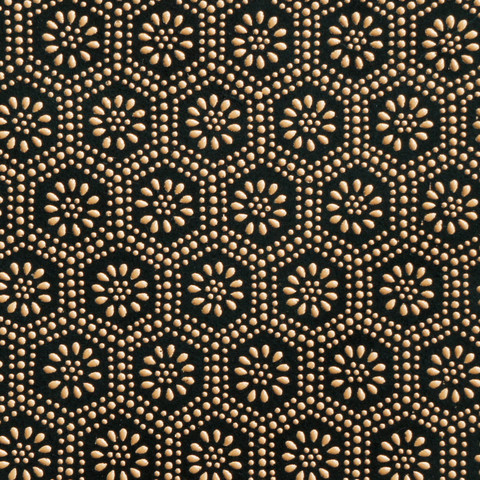
亀甲
Kikkou
Flower Honeycomb Pattern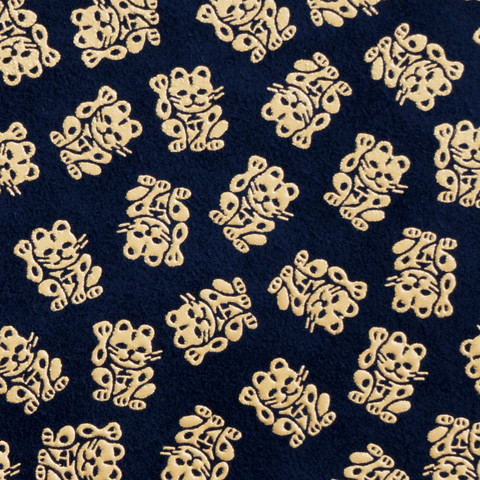
招き猫
Maneki-Neko
Beckoning Cat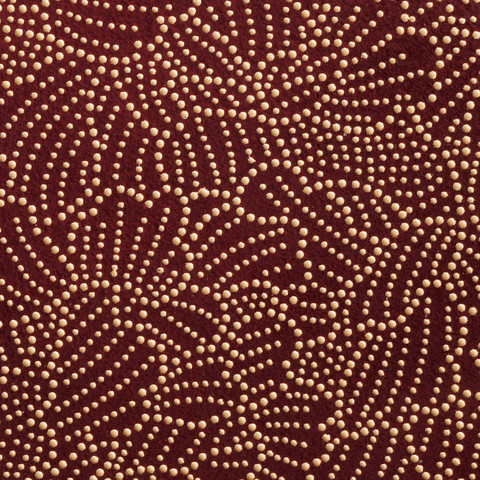
牡丹
Botan
Peony Flower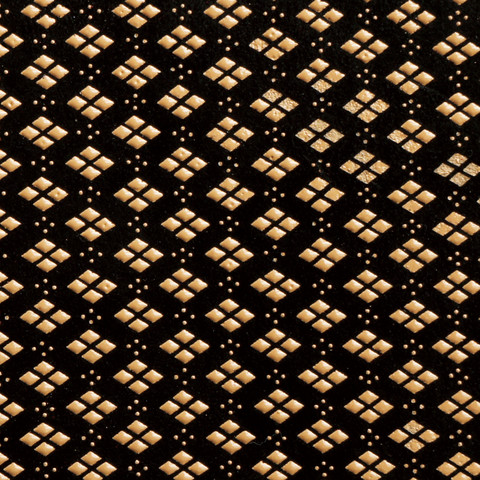
武田菱
Takeda-Bishi
Four-Divided-Diamond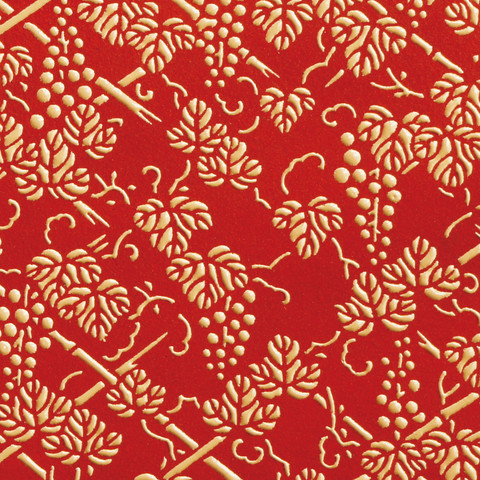
棚葡萄
Tana-Budou
Grape Trellis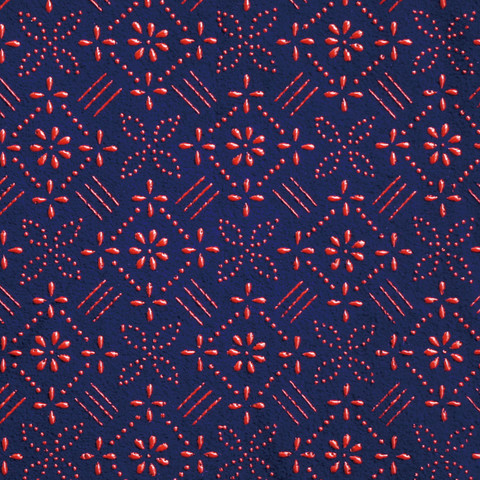
四葉
Yotsuba
Four-Leaf Pattern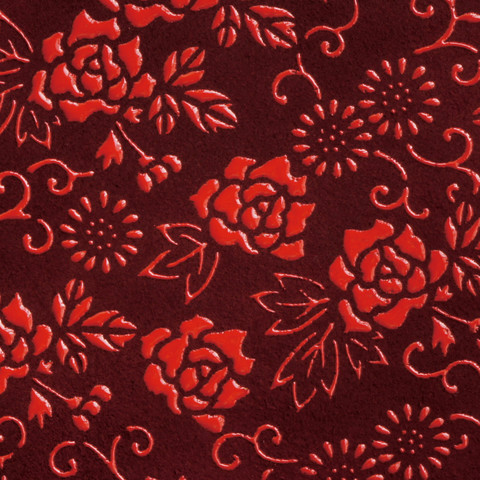
薔薇唐草
Bara-Karakusa
Rose Arabesque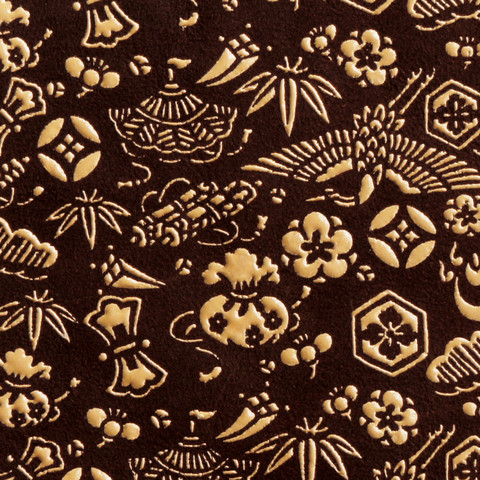
宝尽くし
Takara-Dukushi
Various Treasures Pattern
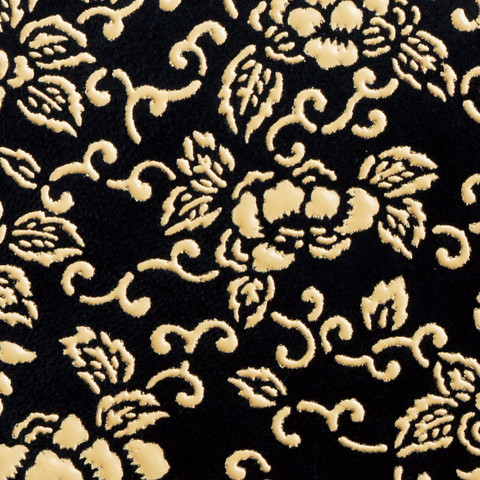
ボタン花
Botan-Bana
Peony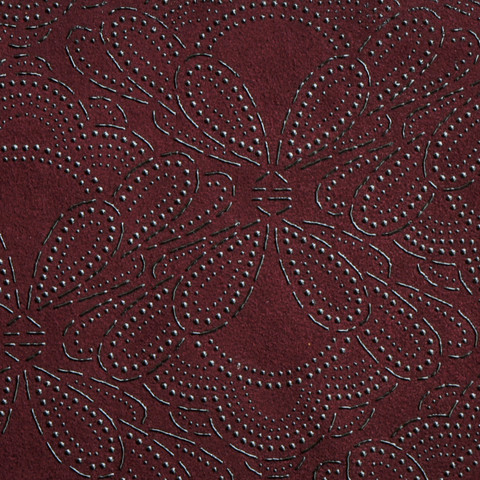
花むすび
Hana-Musubi
Flower Knot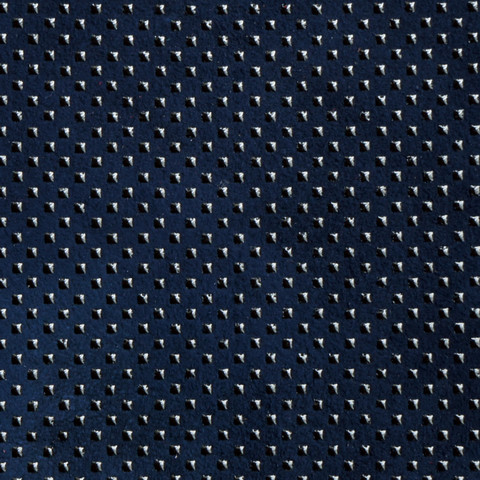
市松
Ichimatsu
Ichimatsu Checks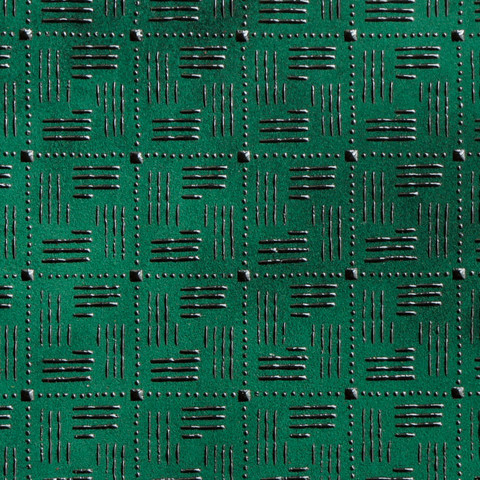
畳市松
Tatami-lchimatsu
Tatami Checks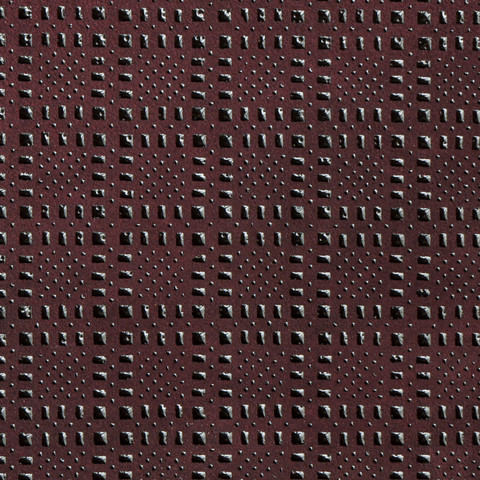
変わり市松
Kawari-lchimatsu
Blocked Checks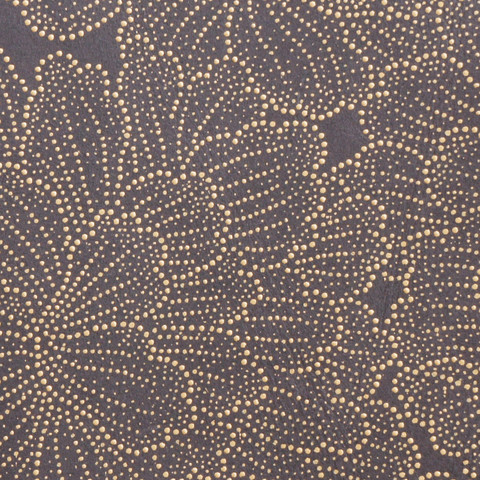
細牡丹
Hoso-Botan
Fine Peony Flower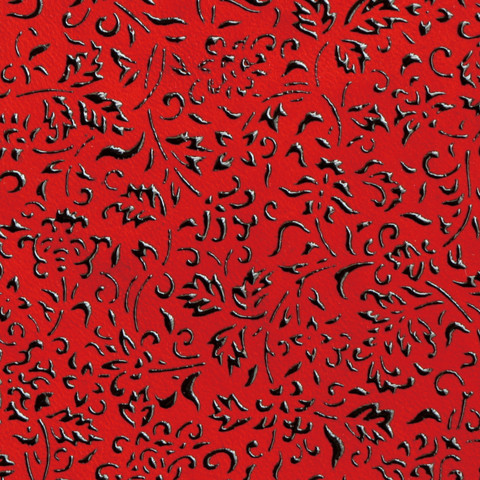
花唐草(小)
Hana-Karakusa S
Small Flower Arabesque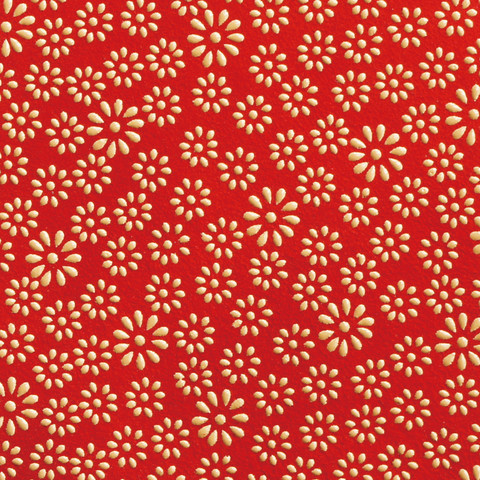
菊
Kiku
Chrysanthemum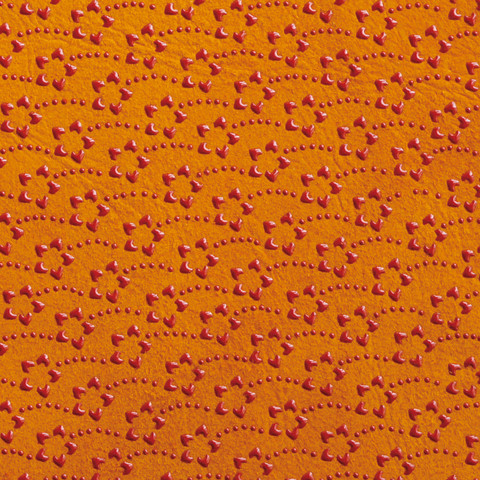
小花
Kobana
Small Flowers
菊唐草
Kiku-Karakusa
Chrysanthemum Arabesque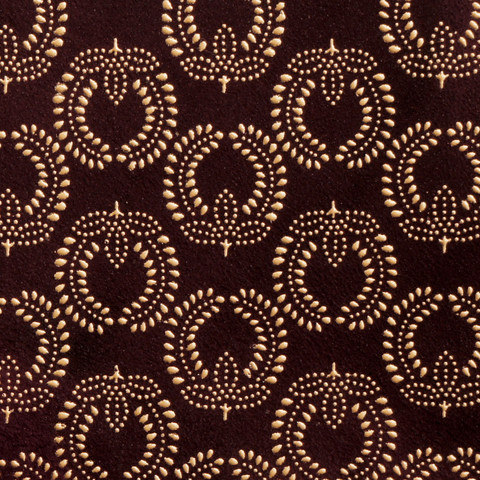
藤の家紋
Fuji-no-Kamon
Wisteria Crest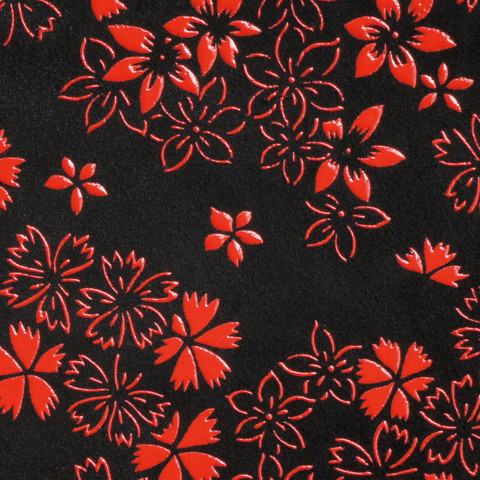
撫子
Nadeshiko
Dianthus Flower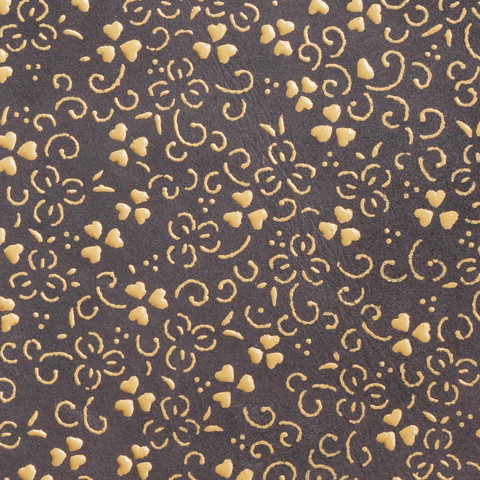
三葉
Mitsuba
Three-Leaf Pattern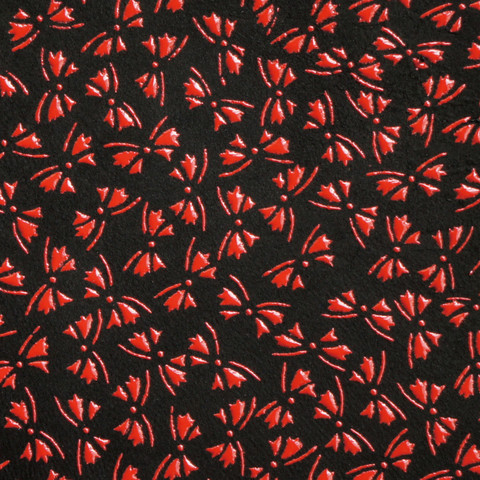
蝶
Chou
Butterfly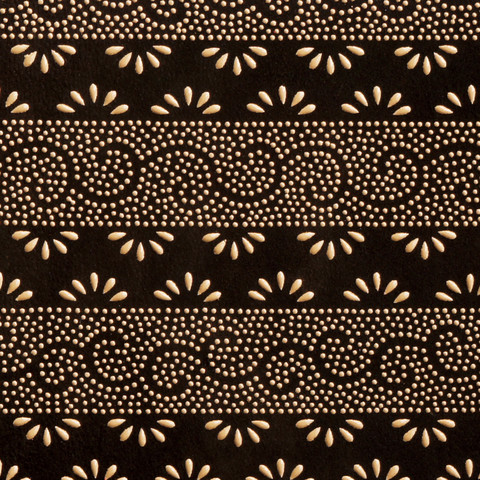
爪唐草
Tsume-Karakusa
Talons-shaped Arabesque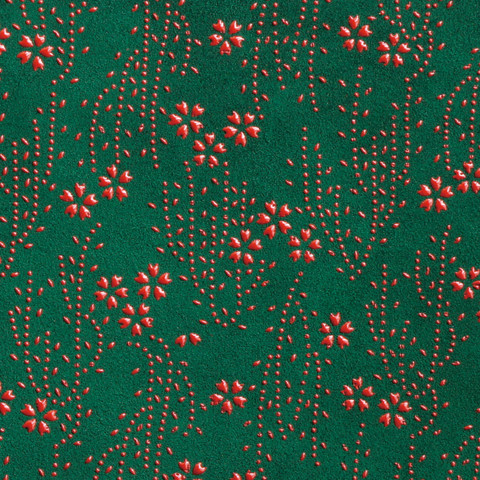
しだれ桜
Shidare-Zakura
Hanging Cherry Blossoms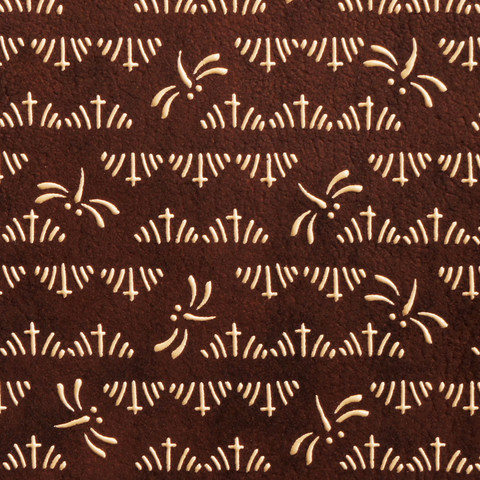
蜻蛉菖蒲
Tombo-Shobu
Dragonfly Iris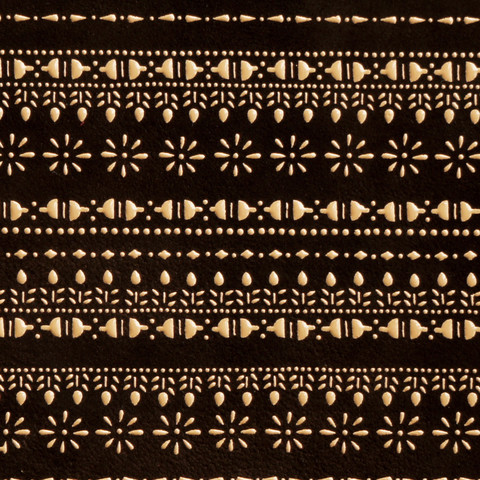
エジプト
Egypt
Egyptian-like Pattern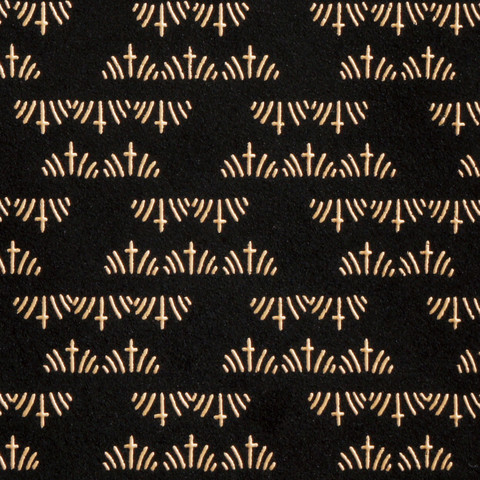
古代菖蒲
Kodai-Shobu
Ancient Iris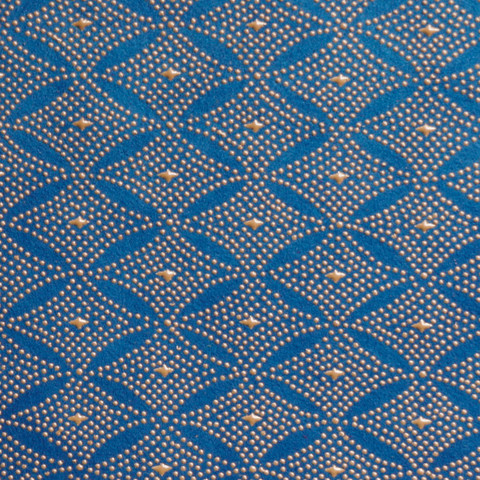
七宝
Shippo
Seven Treasures Pattern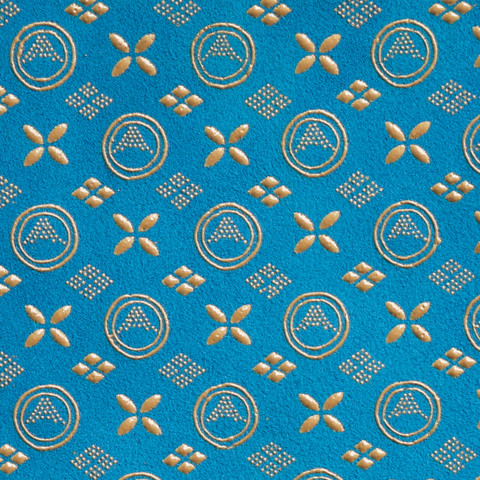
富士山
Fuji-san
Mt.Fuji Pattern




















